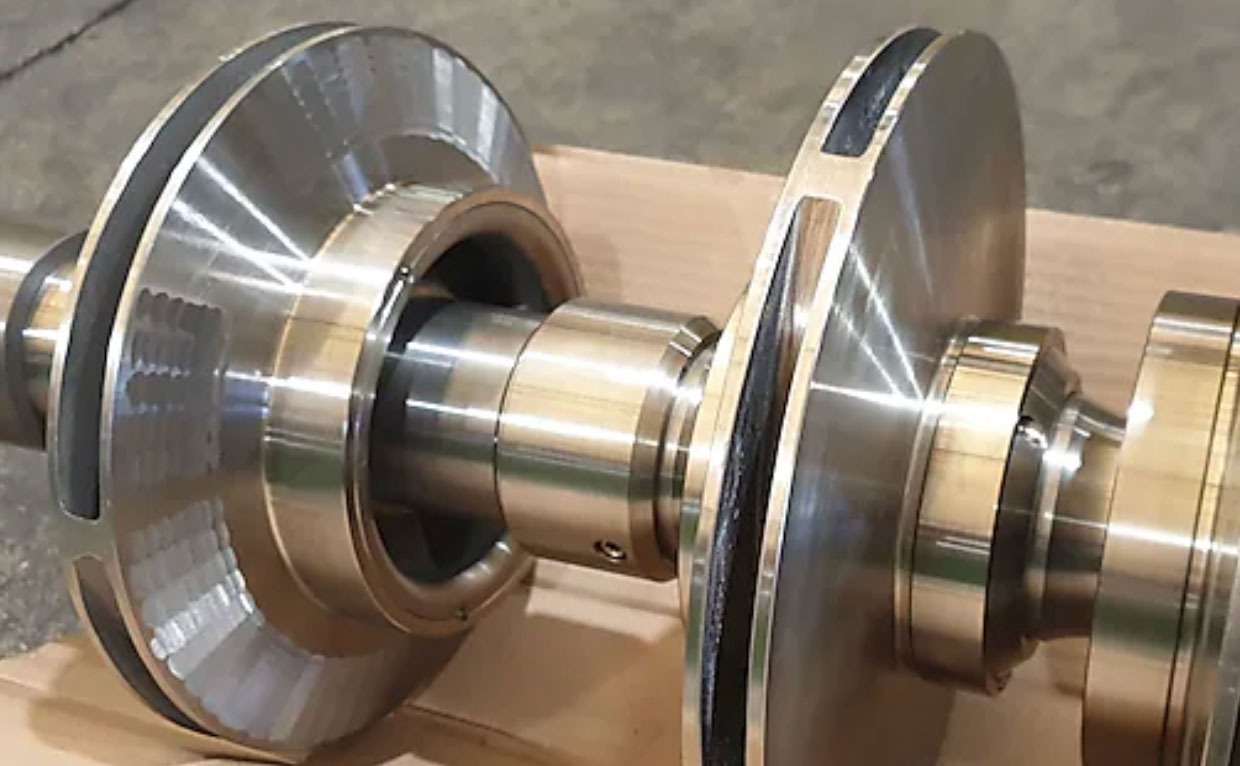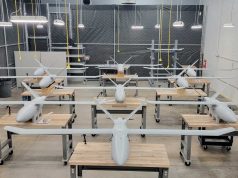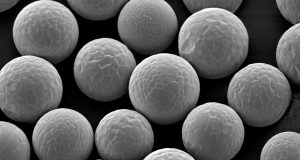Shell recently deployed 3D printed critical spare parts for a pump at Shell Energy and Chemicals Park Rotterdam, in collaboration with Baker Hughes. This successful collaboration is one step closer to bridge the gap between 3D printing manufacturers and the energy industry.
By 3D printing spare parts, Shell can:
- reduce the time needed to source critical equipment and components
- reduce the cost associated with storing spare parts just in case
- reduce the waste associated with the production of spare parts
- lower the greenhouse gas emissions of the associated supply chain
- increase the share of locally sourced spare parts used by our assets.
Digitalising spare parts with key global suppliers
In 2019, the decision was made to work with key global suppliers to increase the portfolio of 3D printed spare parts that can be supplied to Shell. This means that they work together to define the digital documentation of these parts. They also agree on the information that must be stored to enable buying spare parts on demand rather than the traditional approach of buying and storing parts just in case.
Shell has a strong partnership with Baker Hughes. In the Netherlands and in Italy, they worked together to 3D print impellers for a medium-critical 7-stages centrifugal pump. The piece of equipment is now in service at Shell Energy and Chemicals Park Rotterdam in the Netherlands, formerly known as the Pernis refinery.
Reducing the need for “just in case” spare parts
The goal was to demonstrate that 3D printed impellers can safely and reliably meet the needs of critical pumps, removing the need to store these impellers. The project showed that additive manufacturing can achieve the quality required for our operations and give confidence to the asset’s team that they can stop stocking these impellers. Stocking these parts costs around a hundred thousand dollars for each pump in operation. This opened the door to significant, scalable savings for manufacturing assets.
The team at Shell Energy and Chemicals Park Rotterdam made a bold move by shifting towards digital spare parts for production-critical pumps. Additive manufacturing has been used in Shell over the last 10 years. Still, the criteria and testing to ensure the technical integrity of 3D printed parts remains very demanding. It is not easy to qualify a 3D printed part for deployment in operations, especially for production critical applications.
“This is an exciting development. Shell and Baker Hughes 3D printing experts developed extensive research and quality verification steps. This helped convince us that additive manufacturing is a safe and reliable manufacturing technique for pump impellers. I feel that this may well be a game changer in spare parts management.”, said Leo van Driel, Senior Rotating Equipment Engineer, Shell Energy and Chemicals Park Rotterdam
The centrifugal pump was successfully started up with the additive manufactured components in May 2022. The pump has been subjected to intensive pre-installations testing to be accepted for operation and time will tell if, as expected, the 3D printed components will perform on par if not better than traditional impellers.
Learning together benefits the whole industry
A key objective of this collaboration with Baker Hughes was to design a repeatable qualification process for vendors of 3D printed parts. This is a crucial step to scale up the use of 3D printing in the energy sector. Shell qualified Baker Hughes facilities in Talamona in Italy to supply their assets with 3D printed spare parts, and the two companies are working together to further create a digital portfolio of impellers that can be 3D printed for Shell.
“Our journey with additive manufacturing started more than 10 years ago in our laboratories and today we use the technology in our manufacturing sites. In collaboration with Shell, we are adopting innovative additive manufacturing solutions to reduce lead time and decrease physical inventories, while minimizing the carbon footprint of operations. We believe it can significantly improve the way the supply chains work, including that of centrifugal pumps.”, Enrico Mangialardo, General Manager, Baker Hughes Pump Division commented.
Both teams learned a lot from mapping out the qualification requirements for the spare parts and in understanding the differences between companies in how they order parts and manage their supply chains. Embracing 3D printing not only will require technical expertise and building trust in the technology. It also means companies must re-think internal processes and define new commercial models. The project proved that these are necessary steps to embrace a digital inventory strategy and ensure robust, secure and compliant exchanges of data for both parties.
Changes take time and willingness
It will still take time and more of these success stories to convince industry leaders to embrace a digital inventory strategy and additive manufacturing. This is why, while we improve our internal standards for 3D printing, they also contribute actively to the definition of global standards for the use of additive manufacturing in the energy sector.
Find out more about Shell.
Find out more about Baker Hughes.
Subscribe to our Newsletter
3DPResso is a weekly newsletter that links to the most exciting global stories from the 3D printing and additive manufacturing industry.



























